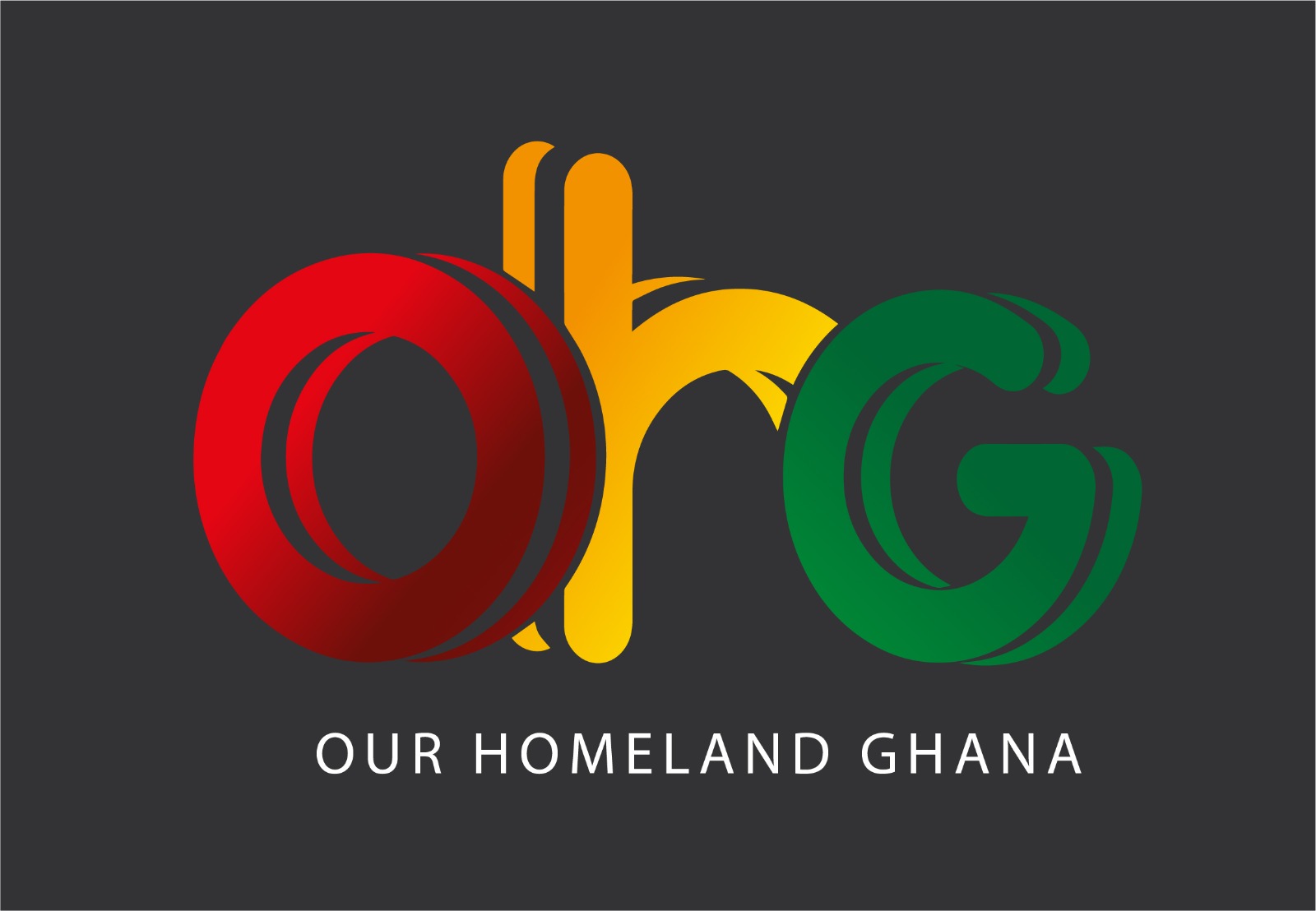Adinkra symbols, intricate designs infused with profound meanings, hold a special place in the rich cultural tapestry of Ghana. These symbols, created by the Akan people, are more than just aesthetically pleasing motifs; they are carriers of wisdom, values, and history. In this article, we delve into the deep significance of Adinkra symbols and their enduring presence in Ghanaian culture.
The origins of Adinkra symbols trace back centuries, emerging from the Akan people of Ghana and Cote d’Ivoire. Initially, Adinkra symbols were used to adorn textiles, particularly funerary cloths worn during mourning ceremonies. Over time, their use expanded to include various forms of visual art, architecture, and even contemporary design.
Adinkra symbols are visual expressions of Akan proverbs, encapsulating complex concepts in a single image. Each symbol carries a distinct meaning and often conveys moral lessons, traditional wisdom, and societal values. For instance, the “Sankofa” symbol—a bird with its head turned backward—symbolizes the importance of learning from the past to build a better future.
Adinkra symbols are more than decorations; they tell stories. The choice of symbols on a cloth or artifact can reveal a person’s social status, lineage, and even personality traits. These symbols are woven into the fabric of weddings, naming ceremonies, and funerals, forming a visual language that communicates emotions and experiences across generations.
In addition to their everyday use, Adinkra symbols also hold spiritual significance. Some symbols are believed to possess protective qualities, serving as talismans against negative forces. The “Gye Nyame” symbol—an intricate design representing the supremacy of God—is a testament to the spiritual depth woven into the fabric of Ghanaian life.
Creating Adinkra symbols involves a meticulous process. The symbols are traditionally hand-printed onto cloth using stamps carved from calabash gourds. The ink used for printing is made from natural dyes, adding an organic touch to the artistry. This intricate craftsmanship reflects the care and attention that the Akan people dedicate to preserving their cultural heritage.
While deeply rooted in Ghanaian culture, Adinkra symbols have transcended borders, resonating with people around the world. The universality of their messages—of unity, respect, and resilience—has allowed Adinkra symbols to become a global language of values and understanding.
In a world of rapid change, Adinkra symbols continue to thrive. Cultural organizations, artisans, and even educational institutions are working to ensure the preservation and promotion of these symbols. The Akan people’s commitment to passing down this invaluable cultural legacy ensures that Adinkra symbols will continue to inspire, teach, and connect future generations.
Adinkra symbols are more than patterns on cloth; they are a reflection of Ghanaian identity, values, and wisdom. Through their intricate designs, these symbols embody the heart of the Akan people’s heritage, telling stories of their past, present, and future. Adinkra symbols remain a living testament to the power of art to transcend time and space, inviting us to appreciate the beauty and depth of Ghanaian culture.





